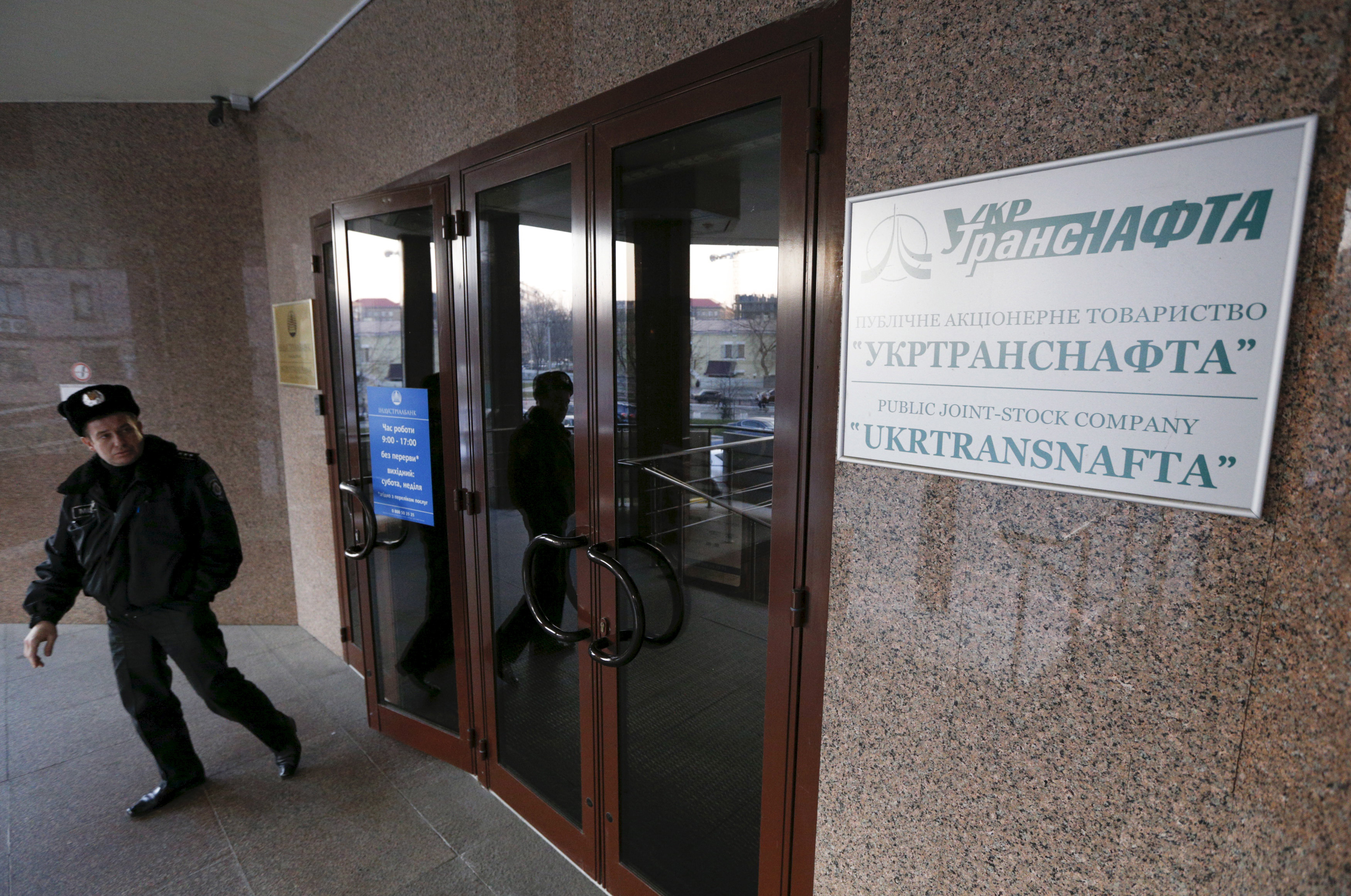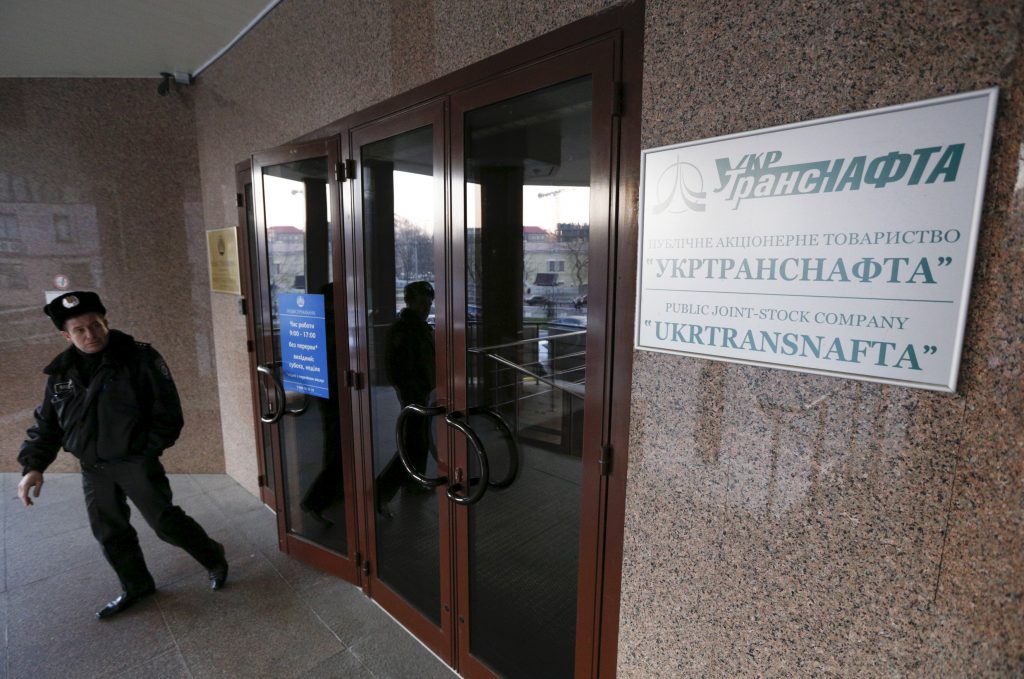 There’s good reason for guarded optimism in the new Ukraine. President Petro Poroshenko and the parliament brought the country’s most powerful oligarch to heel in March 2015 and the justice department has set its sights on the richest oligarchs.
There’s good reason for guarded optimism in the new Ukraine. President Petro Poroshenko and the parliament brought the country’s most powerful oligarch to heel in March 2015 and the justice department has set its sights on the richest oligarchs.
The source of the flare up between Ihor Kolomoyskyi, the country’s most powerful oligarch, and Poroshenko was dramatic. The young reformers in the Rada, Ukraine’s parliament, passed legislation reducing the number of shareholders needed to constitute a quorum in companies in March 2015. Previously a quorum required 60 percent of shareholders; the new rules require only a simple majority. Kolomoyskyi owns 43 percent of Ukrnafta, the largest oil and gas producer in Ukraine, while the government owns a majority of shares. For years Kolomoyskyi’s management team ran Ukrnafta and his minority of shares enabled him to block management changes. But the new law means that Kolomoyskyi can no longer control Ukrnafta’s management because the government has a simple majority. At the same time Oleksandr Lazorko, a Kolomoyskyi ally, was removed as head of the government pipeline company, Ukrtransnafta, which is owned by the government.
Kolomoyskyi reacted swiftly by dispatching his armed militia to Kyiv. There they promptly seized the Ukrnafta and the Ukrtransnafta headquarters. In the old Ukraine, raids often determined who controlled valuable assets. But in the new Ukraine, journalists and Rada members Serhiy Leshchenko and Mustafa Nayyem were writing blogs about Governor Kolomoyskyi’s exploits. Television cameras captured the Governor and his masked representatives on camera.
Up until Poroshenko sacked him as Governor of the Dnipropetrovsk Oblast in March 2015, Kolomoyskyi was the most powerful, and to many the most dangerous, oligarch in the country. In spring 2014 the government in Kyiv had appointed Kolomoyskyi as Governor. The new Governor prepared his oblast for a possible attack by the Kremlin and its agents in part by financing a private militia. Observers saw his new political and quasi-military power as an instrument strengthening his hand in the competition with other oligarchs for the control of public and private assets.
Kolomoyskyi’s support for the war put Poroshenko and Prime Minister Arseniy Yatsenyuk in an awkward situation. The oligarch had blunted a Kremlin offensive in Dnipropetrovsk and he had great influence with at least thirty members of the Rada. Yet Kolomoyskyi’s open use of force to protect his control over state assets was unacceptable to Ukrainian reformers and Western supporters of reform in Ukraine. US Vice President Joe Biden underscored this point in a long phone conversation with Yatsenyuk.
The results are well known. Poroshenko sacked Kolomoyskyi. The oligarch’s ally, Lazorko, is out as the head of Ukrtransnafta. But Lazorko’s management team at Ukrtransnafta remains in place. And Kolomoyskyi’s masked men remain in the headquarters of Ukrtransnafta and Ukrnafta, reportedly without their arms. So it seems premature to conclude that Kolomoyskyi has lost much of his influence in either company. Kolomoyskyi also extracted at least five important concessions from Poroshenko in exchange for his demotion, as my colleague Brian Mefford notes. He is, however, weaker than before and has no legitimate reason for retaining armed battalions.
Poroshenko and Kolomoyskyi reportedly met for eight hours as this crisis played out and are apparently no longer at odds. Two alpha males of the old Ukraine have come to an arrangement in the usual way, but the young reformers of the new Ukraine disrupted the usual way of resolving conflict. While the outcome was far from ideal, it is a better end than previous public spats—after all a powerful oligarch was sacked and publicly embarrassed—and a reason for guarded optimism. That optimism will be justified if Poroshenko and Yatsenyuk heed the advice of reform-minded Naftogaz CEO Andriy Kobalyev and establish a transparent process for choosing new, competent leadership for Ukrtransnafta and Ukrnafta.
John E. Herbst is Director of the Atlantic Council’s Dinu Patriciu Eurasia Center. He served as US Ambassador to Ukraine from 2003-2006.
Image: A policeman stands next to an entrance to the head office of Ukrtransnafta in Kyiv March 20. A raid by a group of armed men in combat fatigues on the state-owned oil company in the Ukrainian capital thrust banking billionaire Ihor Kolomoyskyi into the spotlight. Two parliamentary deputies accused Kolomoyskyi of sending the masked men into the offices of Ukrtransnafta after it was announced that its Chairman, an ally of the 52-year-old oligarch, had been sacked. (Reuters/Valentyn Ogirenko)
